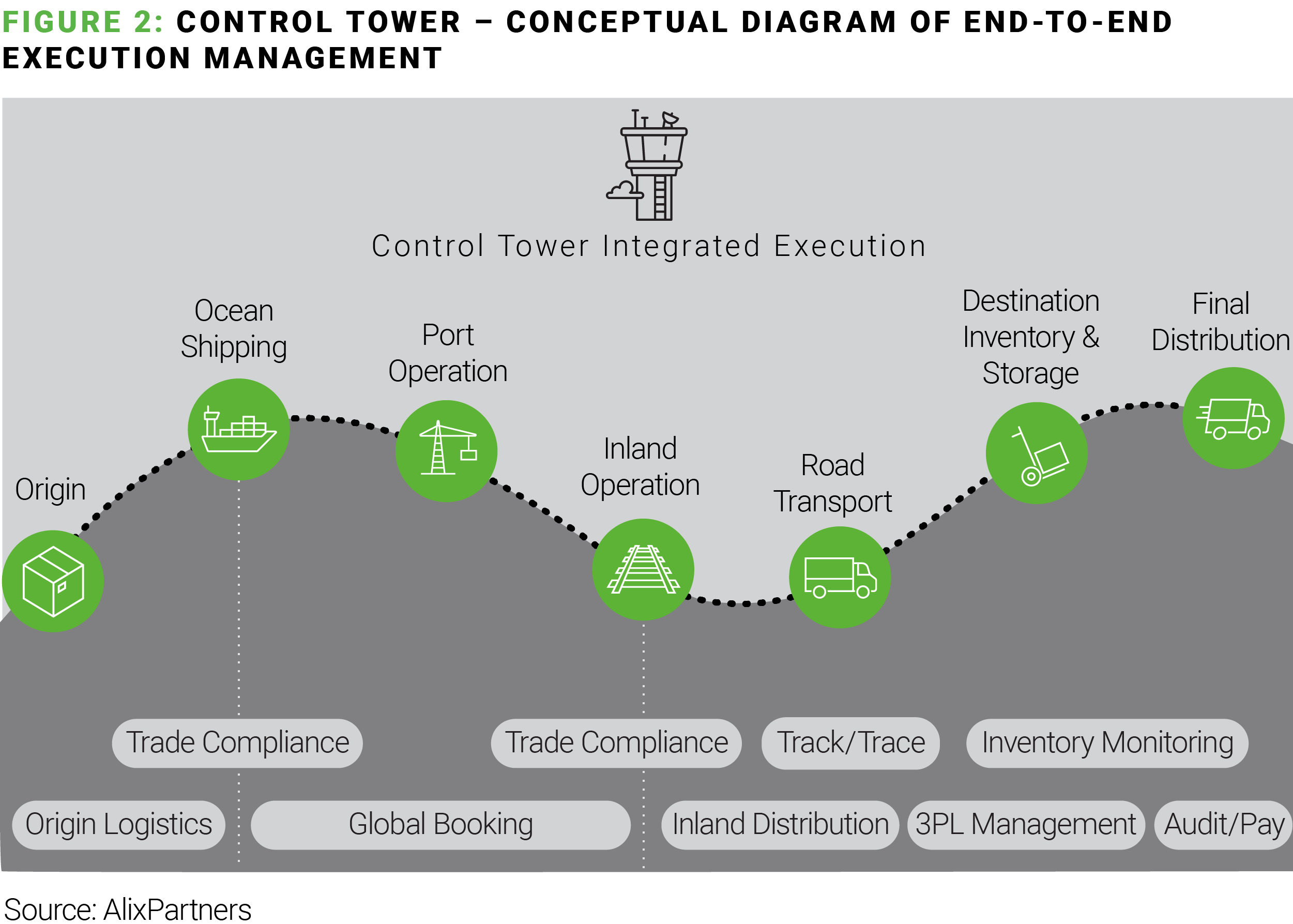Consumer demands continue to fluctuate in this period of economic uncertainty. Retailer profits are down, leading many to seek new cost-saving and profit-generating measures without sacrificing customer experience.
Over the last few years, supply chain optimization has been crucial for retailers looking to minimize costs during uncertain times. COVID-related disruptions reduced parts and labor to meet increased demand across a number of industries. But as supply chains stabilize post-pandemic, demand has cooled, and so have prices.
Now is the time for companies to squeeze all the value they can out of the supply chain. Rising interest rates and high inflation leave many concerned that a recession is on the way—or already here. Without a clear picture of where the economy is going next, retailers need to take advantage of current low costs to boost future profits.
To do so, focus on these three cost-reduction opportunities along the supply chain:
Leverage the market to cut transportation costs
Reduce your logistics costs across domestic trucking and international freight operations. U.S. trucking contract rates are down 22% compared to one year ago, and spot rates are down 30%. Transpacific ocean freight is down nearly 80%.

Logistics providers are in tune with the market and many are willing to reduce costs for retailers. We have seen percentage savings in line with the rate decreases above.
However, don’t simply select the lowest cost provider. Retailers have a unique opportunity here to strategically realign their carrier providers and strengthen current partnerships—or forge new ones—to lock in the best cost-saving option for today and tomorrow. This is also a great time to proactively build cost-saving relationships with freight brokers and freight forwarders that get exclusive access to your spot shipments.
To ensure your carrier relationships continue to serve you well in the future, develop agreed-upon KPIs and regular review periods. This way, you can identify negative trends and change course if needed before they become full-scale problems.
Modularize warehouse operations to drive ROI
Automate your warehouses and distribution centers to optimize costs and modernize operations. A wise automation strategy starts with simple, proven solutions. You’ll also better keep pace with rising costs and any changes in consumer demand.
As interest rates rise, companies should leverage modular warehouse solutions rather than invest in a new construction or end-to-end model. This type of solution allows custom tailoring for your company’s specific needs and focuses on a particular process or flow, instead of sophisticated solutions. For most small and medium-sized business, this more basic approach makes it easy to focus on one or a few areas of the supply chain at a time, which saves money and boosts efficiency.
For applying implementation-ready automation in select scenarios, consider these three strategies:
Inbound: Utilize retractable conveyors for inbound shipments that increase offloading efficiency and safety with reasonable capex. Certain systems are advertised to cut unloading times in half. Vacuum lift assist technology and automatic palletizers are two other types of basic automation equipment that can reduce time spent and boost ROI around inbound shipping.
Inventory management: Between inbound and outbound processing, use different technologies to target and optimize different aspects of inventory management. From storage to device management to retrieval, strategic investments here can reduce shrink, improve productivity levels, and ultimately decrease your payroll.
Outbound: Focus on how quickly and efficiently you can get product out of the warehouse. Targeted investments here—on automated technologies like pallet wrappers, carton erectors, and robotic picking solutions—have a payback period of six to 12 months.
Establish or improve your supply chain control tower
Perhaps the only benefit of the COVID supply chain disruptions is how they revealed structural problems that may otherwise have gone unnoticed. Executives realize that now, more than ever, they need a supply chain control tower that tracks each component in real-time, monitors costs and payments, and measures the status of goods to match customer expectations.
When the next disruption arrives, those who improved upon their existing control towers—or built from scratch—will reap the benefits. In the near term, a control tower can help optimize your supply chain flows, reducing costs.
Below, we diagram what an end-to-end, integrated control tower could look like for your organization:

It’s a matter of when, not if, the next supply chain disruption arrives. By reducing transportation costs, modularizing warehouses, and maintaining an end-to-end control tower, retailers can maximize the financial and operational value their supply chain provides.
Those that wait to make changes or hold off altogether should hope labor strikes, natural disasters, and geopolitical events don’t send supply chains into flux anytime soon.


